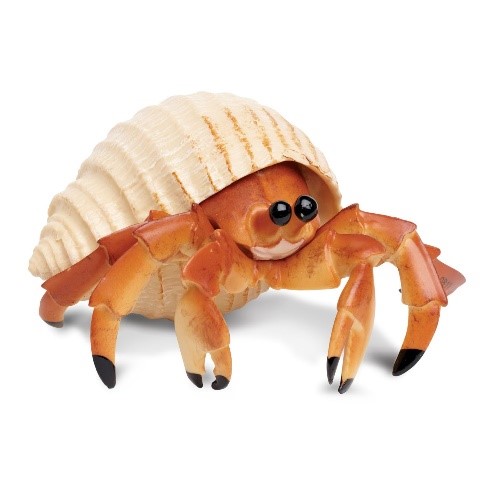Free Courses Sale ends Soon, Get It Now


Free Courses Sale ends Soon, Get It Now



Disclaimer: Copyright infringement not intended.
Context
Hermit Crab
Taxonomy and Classification:
Physical Characteristics:
Habitat and Distribution:
Shell Utilization:
Feeding Habits:
Reproduction:
Adaptations and Defense Mechanisms:
Terrestrial Hermit Crabs:
Conservation Status:
Pet Trade and Conservation Challenges:
|
PRACTICE QUESTION Q. Consider the following statements regarding hermit crabs: 1.Hermit crabs use empty seashells to protect their hard exoskeleton. 2.The larval stage of hermit crabs is spent in the benthic environment. 3.Some hermit crab species have adapted to solely terrestrial life. Which of the statements above is/are correct? A) Only 1 B) 2 and 3 C) Only 3 D) 1 and 2 Answer: D) 1 and 2 Explanation: Statement 1 is correct as hermit crabs use empty seashells to protect their soft abdomen. Statement 2 is correct as the larval stage of hermit crabs is spent in the benthic environment. Statement 3 is incorrect as some hermit crab species have adapted to terrestrial life, but they remain dependent on water for survival. |
© 2024 iasgyan. All right reserved